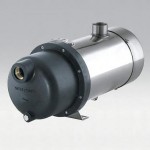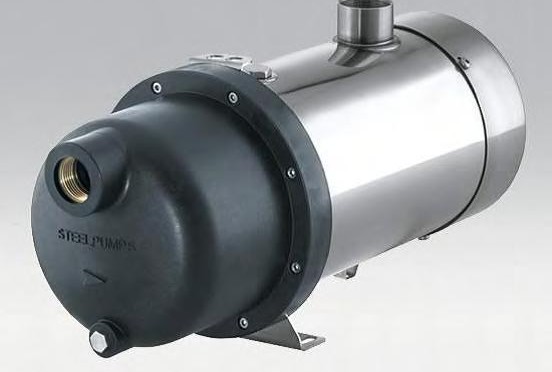 Depending on the desired use of your rainwater collection system, and tank configuration there are a variety of types of pumps that are best suited to meet the needs.
Depending on the desired use of your rainwater collection system, and tank configuration there are a variety of types of pumps that are best suited to meet the needs.
There are three classifications of pumps for conveyance of water: direct lift, displacement, and gravity pumps. Pumps can be operated by electricity, wind, or solar. Mechanical pumps can be submersible, or external. Centrifugal pumps are the most often applied in rainwater collection systems and are referred to as a “dynamic pump”. A centrifugal pump is a dynamic pump and uses an impeller with back sweeping veins or arms and can be operated against a closed valve, allowing for an “on demand” or continuous energy.
Positive displacement pumps will deliver a constant amount of discharge no matter what the discharge pressure is and must not run against a closed valve on the discharge side. Damage can be a result if flow is restricted on the discharge side. Pump operation must be controlled by the suction side of the pump, stopping the flow to the pump. An electrical interruption of the pump operation is the method typically used.
Pumps used to move water for potable applications must meet “safe drinking water” standards and be lead free, and should also be water cooled. 220 or 120 volt pumps are available for what suits your electrical requirements. Solar powered pumps are becoming increasingly popular, combining rainwater collection and solar for a sustainable system
Sizing the pump by gallons per minute (GPM) and pounds per square inch (PSI) required for optimal operation of the pump is necessary. Volume of water required and what pressure is desired will determine the “size” of your pump. Diameter of pipe, both suction and discharge, friction, (turns & length) and restrictions all need to be considered in sizing a pump. Manufacturer’s pump curves are a “must” when selecting a pump.
The pump selected for your rainwater collection system is the heart of your system and careful consideration of intended use and requirements will ensure optimum performance, reliability, and life span.

